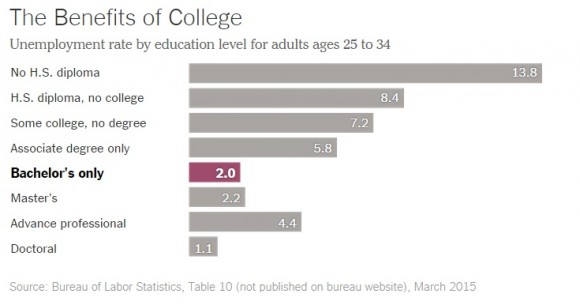Dear Commons Community,
The Chronicle of Higher Education has an article on a new report just issued on MOOCs and learning. It seeks to answer the question “Where is research on massive open online courses headed? The report is the work of the MOOC Research Initiative, funded with more than $800,000 in grant support by the Bill & Melinda Gates Foundation. The group put out a call for research submissions and used much of the grant money to fund 28 of them, which were then analyzed for the report. As reported in The Chronicle:
“When MOOCs emerged a few years ago, many in the academic world were sent into a frenzy. Pundits made sweeping statements about the courses, saying that they were the future of education or that colleges would become obsolete, said George Siemens, an author of the report who is also credited with helping to create what we now know as a MOOC.
“It’s almost like we went through this sort of shameful period where we forgot that we were researchers and we forgot that we were scientists and instead we were just making decisions and proclamations that weren’t at all scientific,” said Mr. Siemens, an academic-technology expert at the University of Texas at Arlington.
Hype and rhetoric, not research, were the driving forces behind MOOCs, he argued. When they came onto the scene, MOOCs were not analyzed in a scientific way, and if they had been, it would have been easy to see what might actually happen and to conclude that some of the early predictions were off-base, Mr. Siemens said.
The goal of the MOOC Research Initiative was to take a step back and get a better understanding of MOOC research and literature. Though the public’s interest in MOOCs has dwindled, academic literature on the subject is on the rise. The researchers examined who was writing about MOOCs, what fields they represented, what type of research has been done, and the various themes in the research that has emerged, Mr. Siemens said.
Five key research themes were identified in the report: student engagement and learning success, MOOC design and curriculum, self-regulated learning and social learning, social-network analysis and networked learning, and motivation, attitude, and success criteria.”
This is an interesting development and worth a read for those interested in the future of online learning including the MOOC model.
Tony





